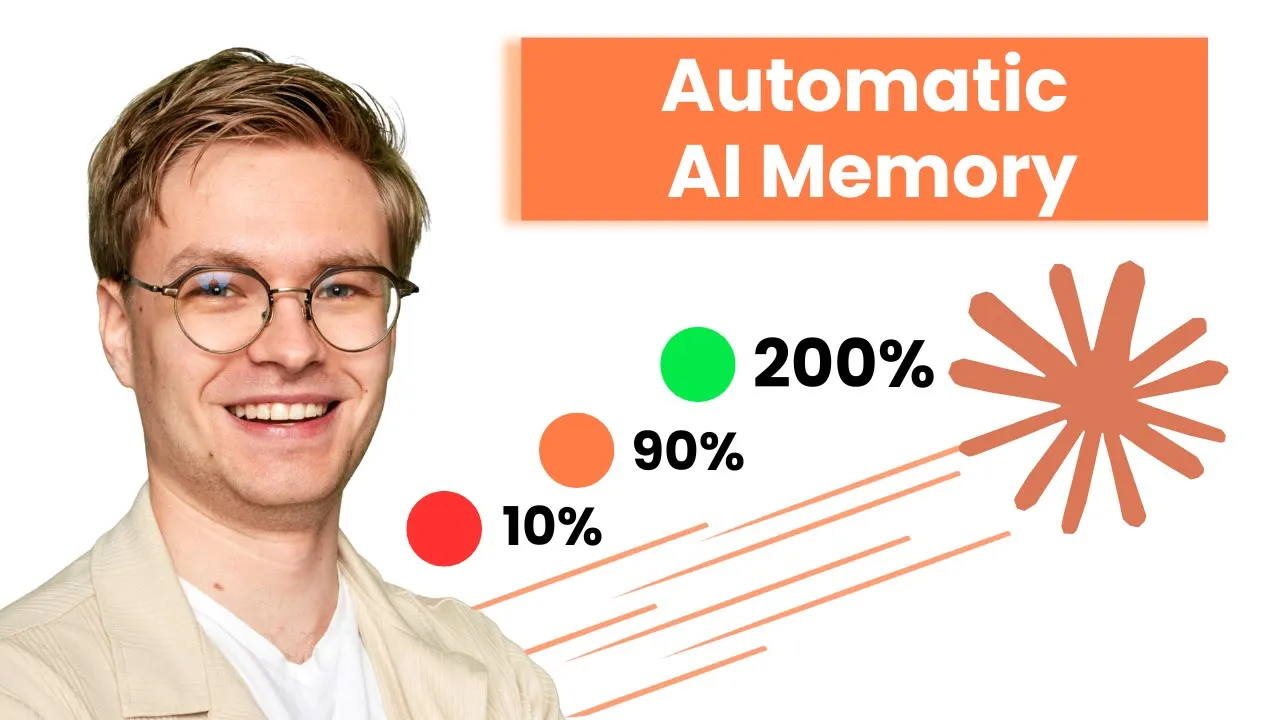Automated Codebase Synchronization for AI Tools
Modern development teams rely heavily on AI coding assistants, but these tools face a persistent challenge: staying current with rapidly evolving codebases. As projects grow and change, the gap between what AI assistants think they know and the actual project state widens, reducing their effectiveness over time.
The solution lies in automated synchronization workflows that continuously update AI tool contexts without manual intervention. This approach transforms AI assistants from static helpers into dynamic partners that evolve alongside your codebase.
Understanding the Synchronization Challenge
AI coding assistants depend on context files that describe project structure, conventions, and patterns. These files serve as reference points for generating relevant suggestions and understanding codebase organization. However, software projects are inherently dynamic environments where structure changes frequently.
Consider the common scenario of restructuring a project’s content organization. You might move blog posts from one directory to another, update build processes, or modify dependency management. Each change potentially invalidates portions of your AI assistant’s understanding, yet the context files remain unchanged until someone manually updates them.
This disconnect creates a cascade of problems. Developers receive outdated guidance, waste time following incorrect suggestions, and gradually lose confidence in their AI tools. The AI assistant becomes less valuable precisely when teams need it most during periods of active development and refactoring.
Workflow Automation Fundamentals
Effective automated synchronization requires systematic approaches that can analyze current project state and compare it against existing AI context. The most successful implementations use continuous integration principles adapted for documentation maintenance.
The core concept involves scheduled analysis workflows that examine project structure, dependencies, and conventions. These workflows compare current project state against existing context files, identifying discrepancies that indicate documentation drift.
Rather than simply flagging problems, advanced workflows actively investigate codebases to understand current patterns. They analyze directory structures, examine configuration files, and assess build processes to generate updated context descriptions.
The automation creates a feedback loop where AI context files remain synchronized with project reality. This ensures that AI assistants provide current guidance based on actual project state rather than outdated assumptions.
GitHub Actions Integration Patterns
GitHub Actions provides an ideal platform for implementing automated synchronization workflows. The integration allows teams to leverage existing repository infrastructure while maintaining security and control over sensitive project information.
Successful implementations typically use scheduled triggers that run weekly or bi-weekly, depending on development velocity. Manual triggers provide additional flexibility for teams undergoing major restructuring or architectural changes.
The workflow architecture generally follows a consistent pattern: checkout current code, analyze project structure, compare against existing context, generate updates, and create pull requests for review. This approach maintains human oversight while automating the investigation and documentation generation process.
Security considerations matter significantly when integrating AI services with repository workflows. Using existing AI subscriptions rather than API keys provides cost control while maintaining access to full AI capabilities. Token management and permissions require careful configuration to ensure workflows can access necessary repository information without excessive privileges.
Pull Request Workflows for Documentation Updates
Automated context updates benefit significantly from standard code review processes. Rather than directly modifying context files, successful workflows create pull requests that allow team review before merging changes.
This approach provides several advantages. Team members can review proposed changes to ensure accuracy and completeness. The pull request process creates visibility into what aspects of the project have changed and how those changes affect AI understanding.
Review workflows also catch edge cases that automated analysis might miss. Human reviewers can identify contextual nuances, project-specific conventions, or strategic considerations that purely automated approaches might overlook.
The pull request approach maintains audit trails for context changes, making it easier to understand how AI assistant behavior evolves over time. Teams can correlate AI performance changes with specific documentation updates, enabling continuous improvement of both automation and manual processes.
Cost-Effective Implementation Strategies
One significant advantage of automated synchronization workflows is their cost-effectiveness when implemented thoughtfully. Rather than requiring separate API subscriptions or additional service costs, teams can leverage existing AI tool subscriptions for documentation maintenance.
The approach involves using established AI coding tools within automated workflows, accessing the same capabilities available to individual developers. This eliminates additional subscription costs while providing full access to AI analysis and generation capabilities.
Resource management becomes important for controlling costs and ensuring workflows complete successfully. Implementing appropriate timeouts, limiting analysis scope, and setting maximum iteration counts prevents workflows from consuming excessive resources or running indefinitely.
Teams should also consider scheduling workflows during off-peak hours to minimize impact on development activities. Weekend or overnight execution provides adequate synchronization frequency without interfering with active development work.
Enterprise Scaling Considerations
While automated synchronization workflows can start as simple proof-of-concept implementations, they scale effectively to enterprise-level codebases with appropriate architectural considerations.
Large organizations benefit from centralized workflow templates that can be adapted across multiple repositories. This approach ensures consistent synchronization patterns while allowing customization for specific project needs.
Integration with existing enterprise development tools becomes crucial at scale. Workflows should align with established CI/CD pipelines, security policies, and change management processes rather than creating parallel systems.
Teams working with multiple repositories or microservice architectures can implement coordinated synchronization across related codebases. This ensures that AI assistants understand inter-service dependencies and architectural relationships that span repository boundaries.
The investment in automated synchronization pays significant dividends as organizations scale their use of AI development tools. Rather than requiring manual maintenance across dozens or hundreds of repositories, centralized automation ensures consistent AI assistant effectiveness across the entire development organization.
Teams that implement these workflows early in their AI adoption journey avoid the productivity drain that comes with increasingly outdated AI assistance. More importantly, they create sustainable development environments where AI tools enhance rather than hinder development velocity as projects grow and evolve.
To see exactly how to implement these concepts in practice, watch the full video tutorial on YouTube. I walk through each step in detail and show you the technical aspects not covered in this post. If you’re interested in learning more about AI engineering, join the AI Engineering community where we share insights, resources, and support for your learning journey.

